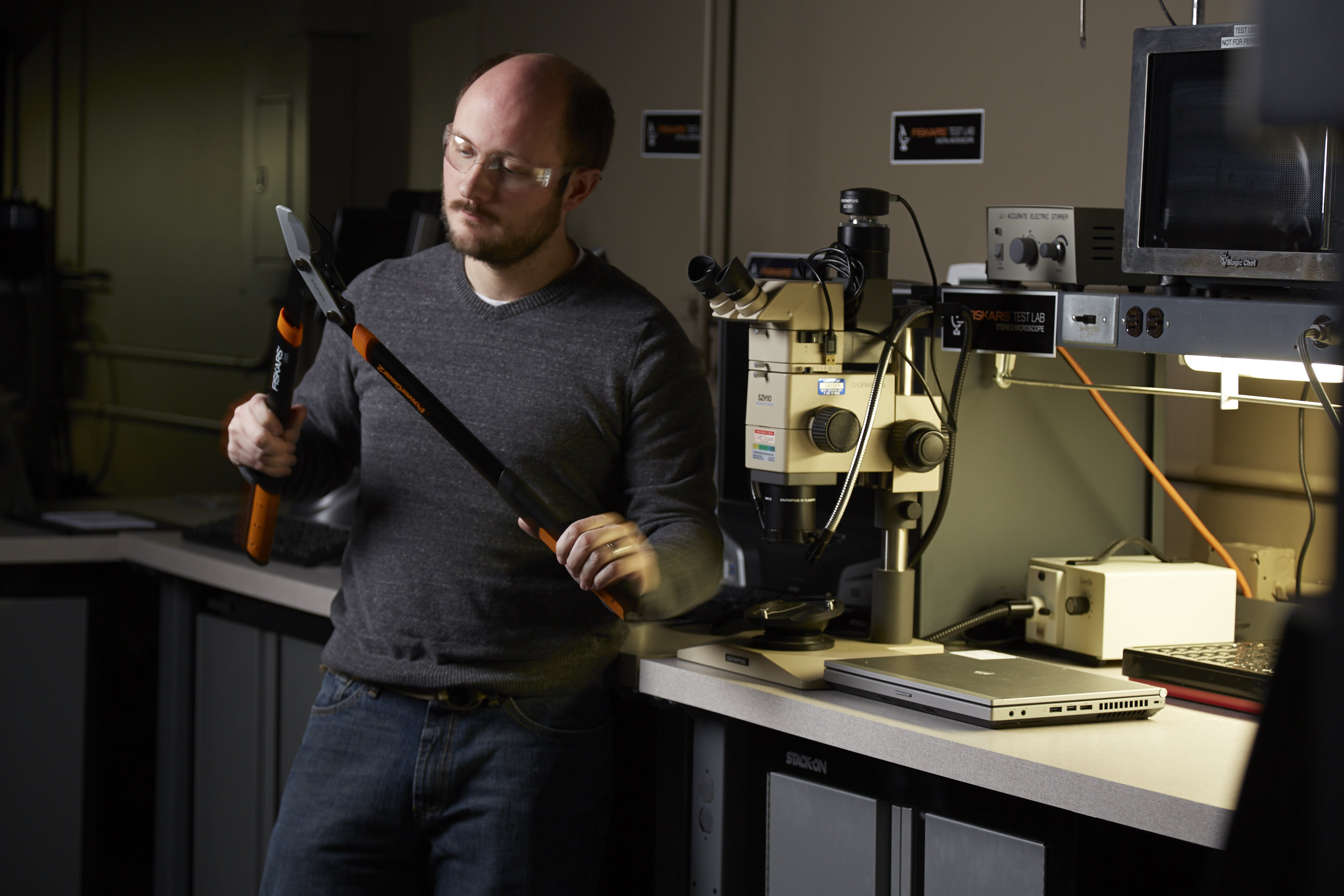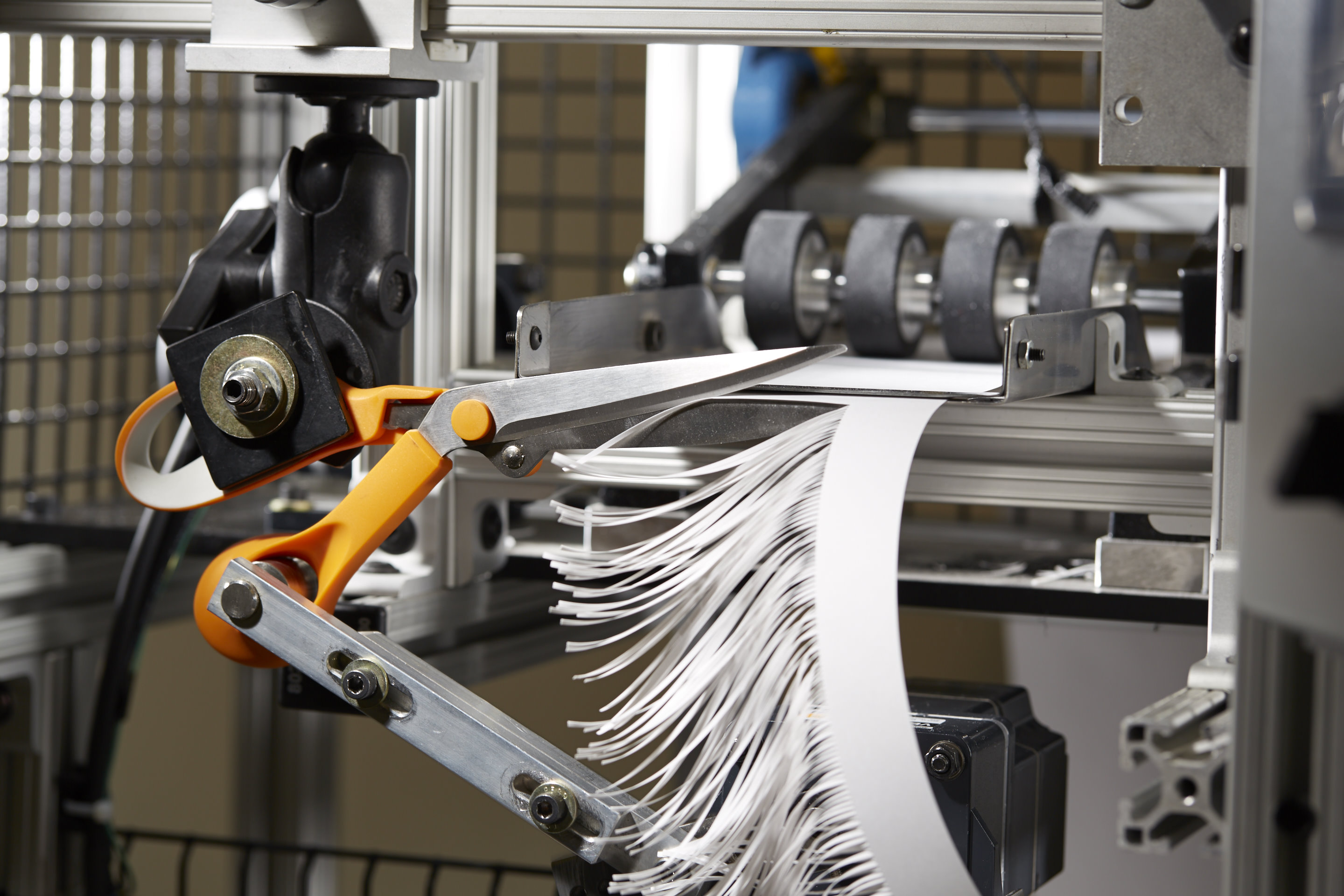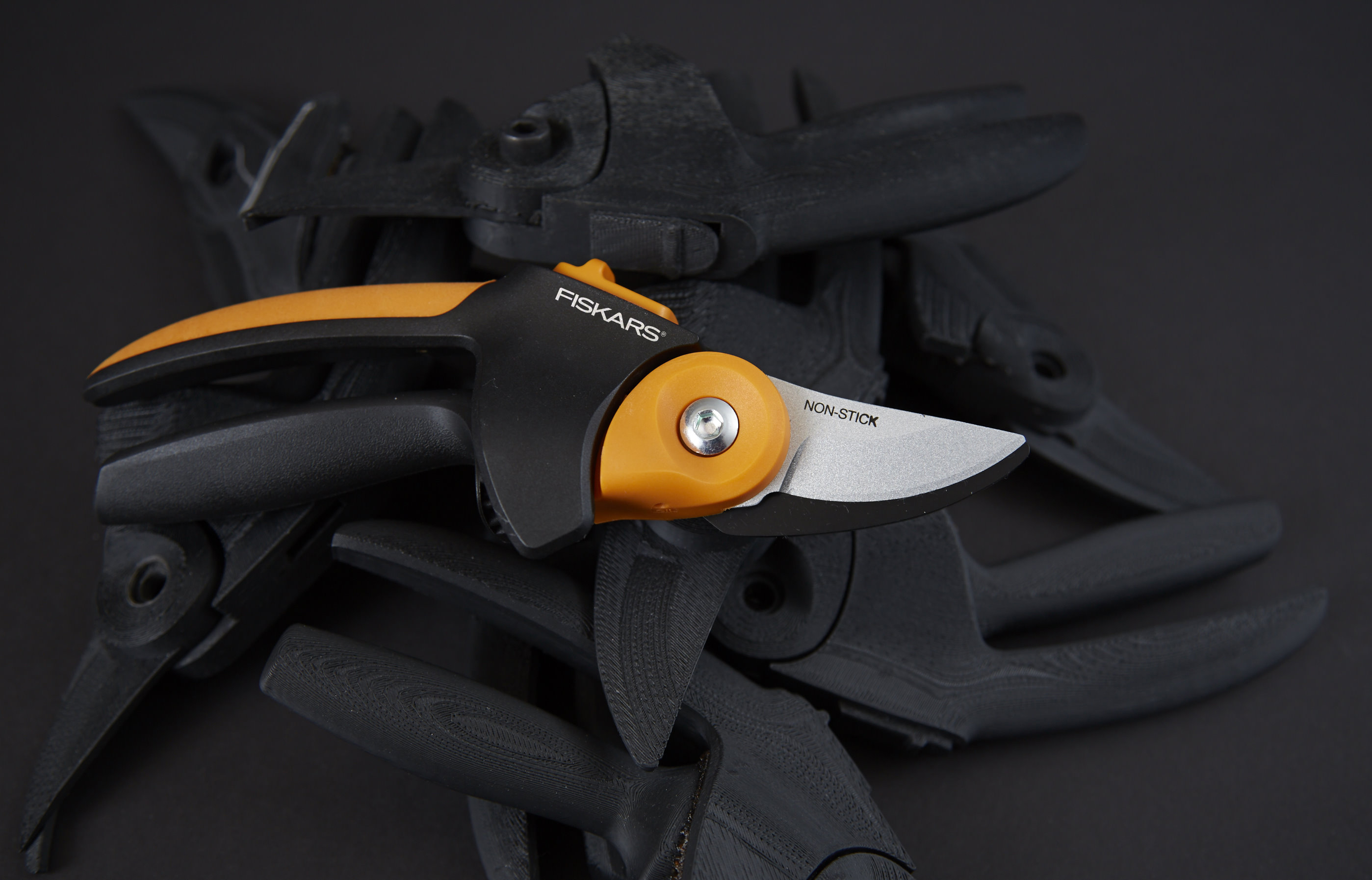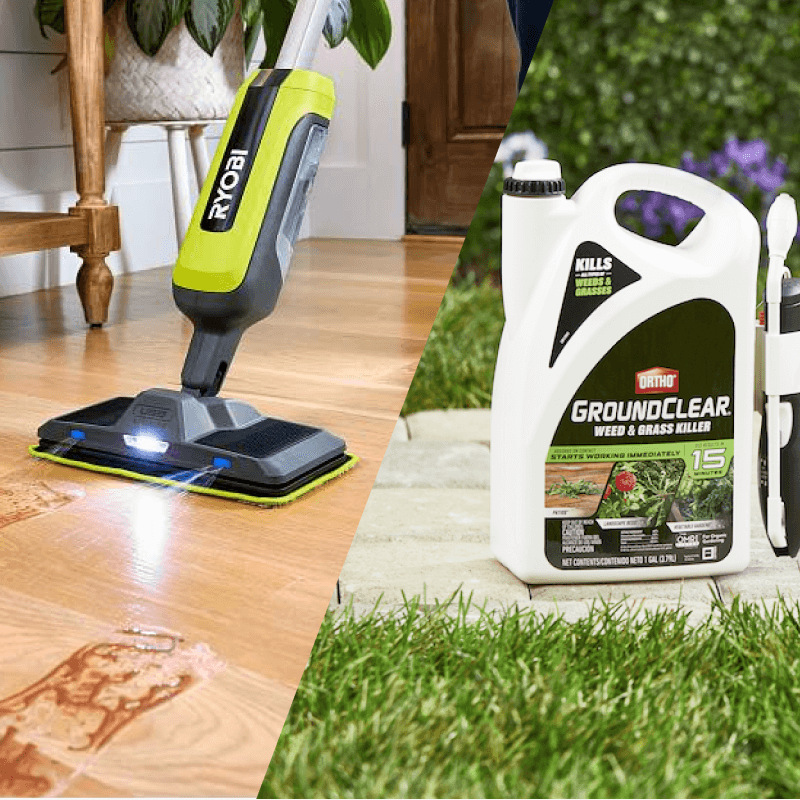Having a rich history is not something a company simply has, but something that’s earned through years of hard work, innovation and customer insight. This is something that Fiskars knows quite a bit about.
The company, which celebrated its 365th anniversary last year, has been finding ways to improve everyday tools for centuries.

Fiskars Tailor Scissors from 1880
A Finnish Beginning
Fiskars was founded as an ironworks in Finland, but started veering towards consumer products in the 1800s and in 1832 it began manufacturing—you guessed it—scissors.
More than a century later, the company hit a defining moment with the creation of their iconic orange-handled scissors in 1967. When the prototype was created, the machinist used a color leftover from another product—an orange juicer. The unusual scissor hue was so well liked that the bright color went to market. Almost fifty years later, Fiskars has sold more than 1 billion orange-handled scissors and continues to redesign the orange tool to fit the evolving needs of scissors in a DIY world.
Innovation is the Norm
But, how do you continuously reinvent a fundamental tool? Ask the 17 or so designers and engineers on Fiskars’s R&D team. Based in Madison, Wis., they spend anywhere from 18 months to several years conceptualizing a new product and bringing it to the shelves for consumers.
“All things, even the simplest, can be made better and smarter,” explains Dan Cunningham, a senior R&D engineer at Fiskars.
One example of Fiskars innovation is their line of PowerGear2 garden products. Teaming up with the Georgia Tech Research Institute (GTRI), Fiskars studied the ergonomics of the tools and found ways to make them better. “The gears have been tweaked to really tune into the way a person moves, and there’s a new grip that prevents blisters,” says Dan.

Dan Cunningham in the test lab conducting an inspection of a PowerGear2 lopper.
Testing In and Out of the Field
It’s important for Fiskars to get their product right, so extensive lab testing for new products is a must. To make sure their scissors are on point, there’s a machine onsite that continuously cuts heavy-duty paper with scissors to test sharpness and durability. According to Dan, the products last through hundreds of thousands of cycles.

Wearing the blades by cutting paper to examine the rate at which the blades dull, verified by cutting layers of polyester fabric after each set cycle.
Tools also face rigorous testing in the field. This year, Fiskars is partnering with LyondellBasell, a company in Illinois, to lend tools for a community project. While clearing walking trails, volunteers will be the first to test out new outdoor products and provide feedback before the tools hit shelves.
Expanding to Fit All Homeowner Needs
In the future, Fiskars plans to continue improving their current lineup, but expanding into adjacent categories is also a possibility. You already see this in products like their Reel Mower, which escalates their cutting expertise into something beyond a hand tool.
At the heart of it all, the company is still working on their iconic tool. “You’d think that scissors, which are thousands of years old, could never be improved—but they certainly can be. We’ve consistently shown that,” says Dan.







